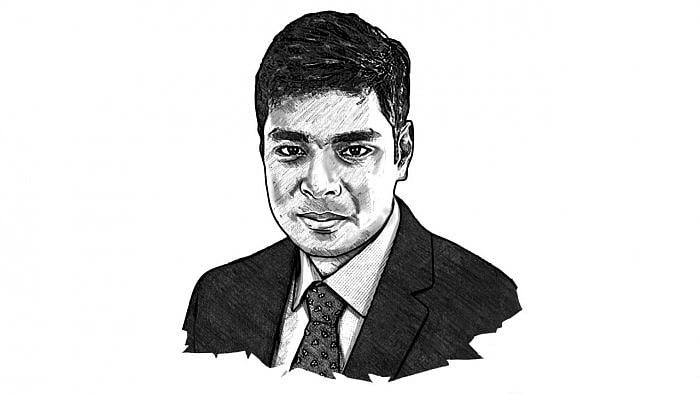
The Indian Premier League (IPL) is an extraordinary phenomenon. It’s a global platform where talented young Indians can learn from the best in the world and show off their skills to many millions.
Over the years, the IPL’s use of foreign expertise has turned the Indian cricket team into a world-beating powerhouse. In the early years, Shane Warne groomed a raw Ravindra Jadeja into a skilful all-rounder. Then, Lasith Malinga helped turn an unconventional Jasprit Bumrah into a fiery pacer, and Kieron Pollard fashioned Hardik Pandya into a fearsome hitter.
But despite its name, the IPL is very un-Indian. Almost 40% of the on-field squad of an IPL team is foreign. Much of its coaching staff is also headed by foreigners. Yet, nobody has ever protested that such a liberal immigration policy takes away opportunities from Indians — even though there are millions of aspiring cricketers in India, and oftentimes, even internationally contracted Indian players fail to find a spot in the playing eleven.
Far from it, the IPL’s quota for foreign players — four a team — is in fact the most liberal among the world’s cricket leagues. Australia’s Big Bash League and England’s The Hundred allow only three a team.
But the IPL is a far cry from India’s otherwise hostile immigration policy towards foreign talent. India has an employment visa scheme for “highly skilled and/or qualified professionals.” But less than 5% of foreign nationals in India come from outside the immediate South Asian neighbourhood, and Indian employment visas are notoriously difficult to obtain.
And even while foreigners are in India, ill-formed or ambiguous policies make their lives difficult. In the Europe-based Migrant Integration Policy Index (MIPEX), which ranks 56 countries for education, health, labour market and anti-discrimination policies aimed at immigrants, India scored less than half the average. “The obstacles facing migrants in India are greater than in the other Asian MIPEX countries,” the report said.
Typically, universities should play the same role as the IPL. The whole point of academia, after all, is to develop young talent and showcase innovative ideas to the rest of the world. Yet, the numbers here are even more depressing. In 2019, less than 1% of the total faculty at the much-hyped Indian Institutes of Technology (IITs) were foreign — a mere 40 out of 5,400.
A lot of this discrepancy has to do with uncompetitive salaries. University faculty in the US and Singapore earn between $250,000 and $350,000 a year. In India, foreign professors are offered $100,000.
In more recent years, academic freedom has also been severely compromised. Indian universities lack autonomy, and chancellors are routinely used as pawns in a political game. Violent clashes have besieged prestigious college campuses even in the capital city. Last year, the politically outspoken Pratap Bhanu Mehta left Ashoka University and became a visiting scholar at Princeton. The former chief economic adviser, Arvind Subramanian, also followed him out of Ashoka to Brown University.
If Indian thinkers can be considered traitors at an Indian university, imagine how secure foreigners would feel. But this too is very un-Indian. For most of ancient and medieval history, India attracted scholars and traders from far and wide who brought ‘blasphemous’ ideas and added to a vibrant and resilient civilisation.
Anybody who has spent any time in a multinational environment would attest to its ability to encourage innovation and creativity by bringing together a diversity of perspectives. India should roll out the red carpet for foreign scientists, economists and thinkers the same way it does for foreign cricketers.
Watch the latest DH Videos here: